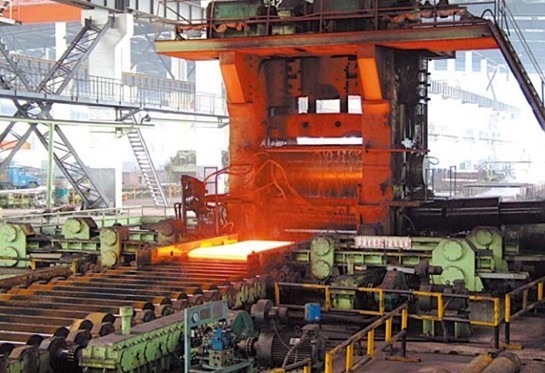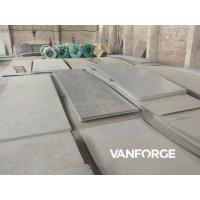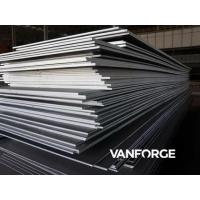Suzhou Vanforge Metals Co., Ltd. was set up in April 1999 with
a registered capital of 230 million Yuan in Zhangjiagang Bonded
Area in Jiangsu Province of China. It has developed to be an
important R&D and manufacture enterprise of high performance
stainless steels and nickel alloys.
Vanforge is a high-tech enterprise with 70 national patents, it has
its own Special Alloy Research Center, academician workstation and
post doctorate innovation practice base. Vanforge has been
certificated the national laboratory accreditation of ISO/IEC
17025, and ISO9001, ISO14001, OHSAS18001, API Q1, IATF16949,
GB/T23331, TUV, CCS, DNV, LR, ABS.
Vanforge has the international advanced special smelting capacity,
including the German ALD 6t vacuum induction furnace, 6t consumable
electrode vacuum furnace, 18t drawing-ingot protective atmosphere
electroslag furnace and 1t vacuum induction furnace, 3t electroslag
furnace, 18t drawing-hollow ingot electroslag furnace, and 2#
Purification Furnace/1# Purification Furnace/LF/AOD/VOD refining
production line, 25MN/8MN fast forging machine, 450/320 rolling
mill, etc.
The current annual production capacity of Vanforge is 120,000 tons,
and the main products are high-grade special alloy materials,
including high temperature alloy, corrosion resistant alloy,
precision alloy, ultra high strength steel, special stainless
steel, high-grade tool and mould steel, steam turbine blades steel,
gas turbine steel, ultra-supercritical materials, etc., which are
widely used in aviation, aerospace, ship, petrochemical, nuclear
power, electronics, steam turbine, high-speed rail, machinery
manufacturing, and other fields; besides, we can organize the
research and development and production of new materials according
to customer demand for new materials. Vanforge has now become a
qualified supplier of domestic high-end equipment manufacturing
enterprises, such as CASIC, CGN, CRRC, CFHI, Wujin Stainless,
Zhejiang Jiuli Hi-Tech Metals Co., Ltd., Xinxing Ductile Iron Pipe
Co., Ltd., etc.
We always adhere to the concept of quality first, integrity based,
scientific and technological innovation, making progress, and
wholeheartedly serving customer and devote ourselves to becoming
the well-known supplier of key basic materials of world’s high-end
equipment manufacturing industry.
We supply following products in the forms of wires, bars, plates
(Super) austenitic stainless steels
(Super) duplex stainless steels
(Supper) Ferritic stainless steels
Precipitation hardening stainless steels
Incoloy alloys
Inconel alloys
Monel alloys
Hastelloy alloys
As well as following steel products
Gear steels
Bearing steels
Spring steels
Drilling tool steels
Free-cutting steels
Anchor steels, mooring chain steels
Mining chain steels
Die steels, Mold steels, tool steels
Structural steels
Antiwear steels
Offshore structure steels
Petroleum storage tank steels












